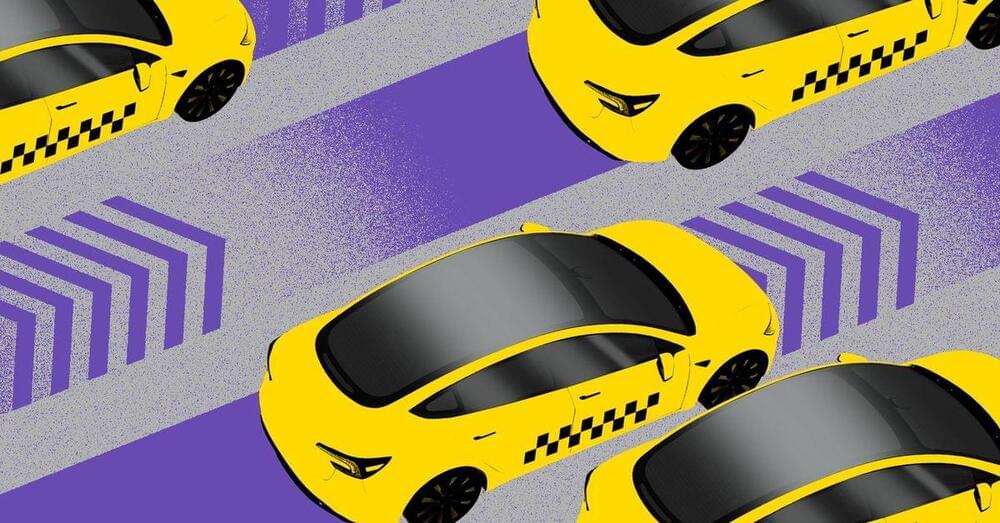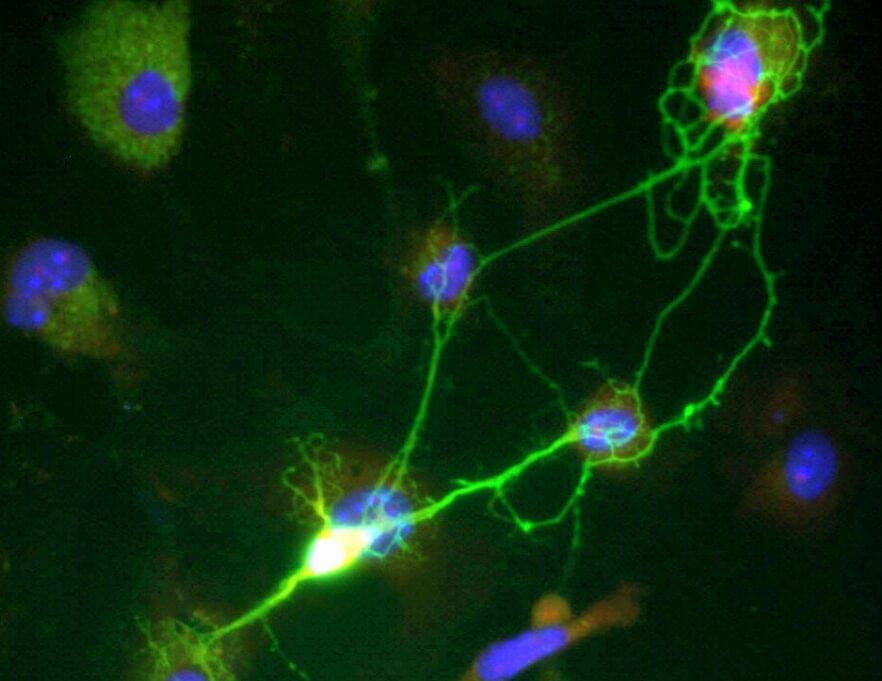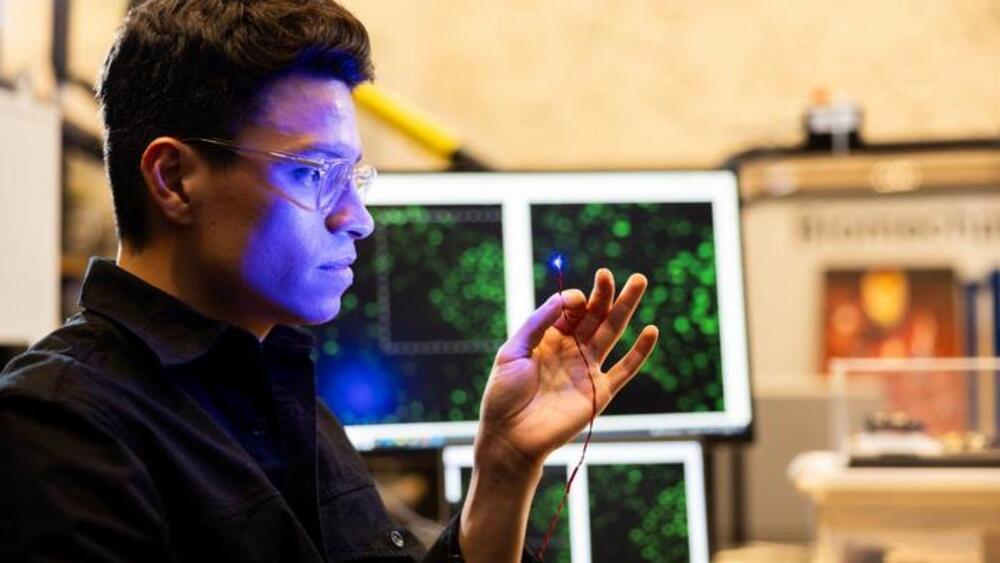Easter Island consists of several extinct volcanoes. The oldest lava deposits formed some 2.5 million years ago on top of an oceanic plate not much older than the volcanoes themselves. In 2019, a team of Cuban and Colombian geologists left for Easter Island to accurately date the volcanic island. To do so, they resorted to a tried-and-tested recipe: dating zircon minerals. When magma cools, these minerals crystallize. They contain a bit of uranium, which ‘turns’ into lead through radioactive decay.
Because we know how fast that process happens, we can measure how long ago those minerals formed. The team from Colombia’s Universidad de Los Andes, led by Cuban geologist Yamirka Rojas-Agramonte, therefore went in search of those minerals. Rojas-Agramonte, now at the Christian Albrechts-University Kiel, found hundreds of them. But surprisingly, not only from 2.5 million years old, but also from much further back in time, up to 165 million years ago. How could that be?








